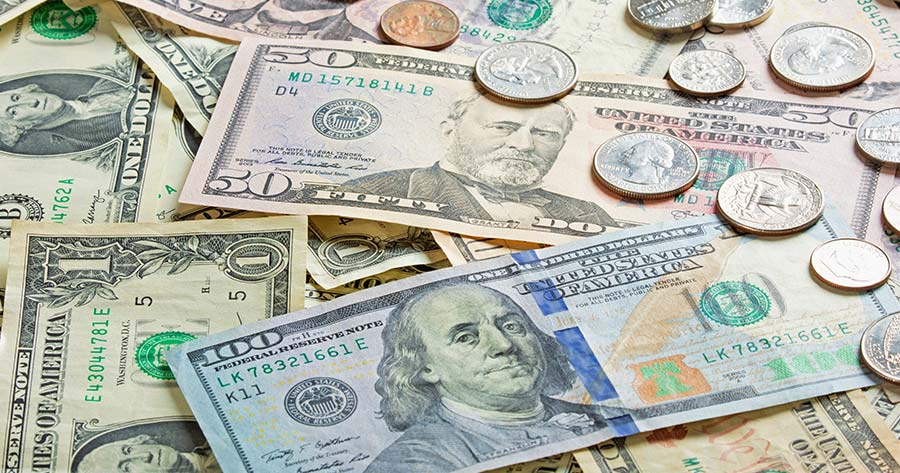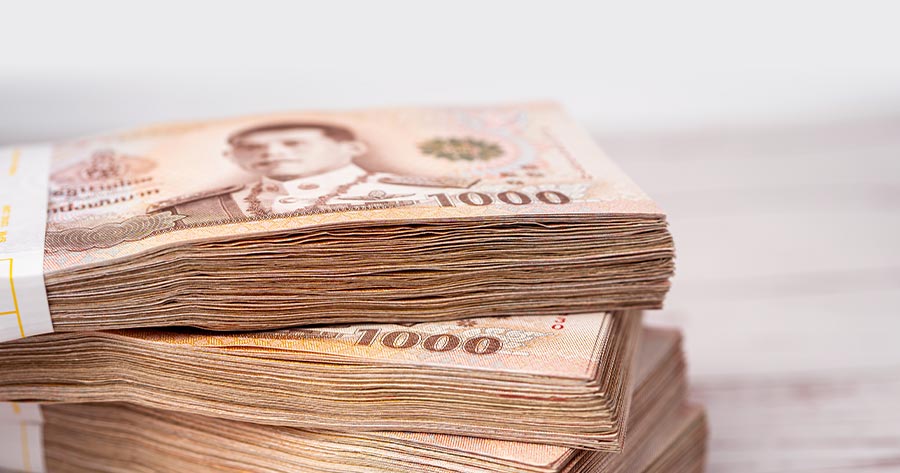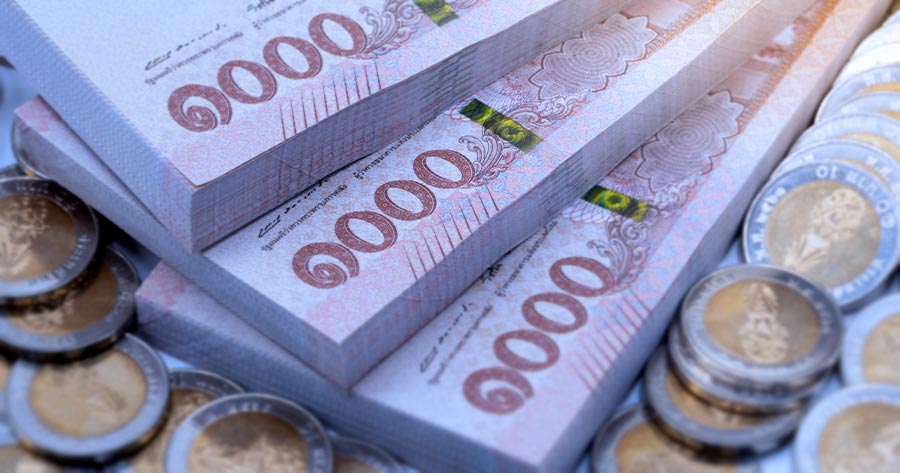The US dollar strengthened fast right after the Federal Reserve delivered a 50 basis point rate cut on Wednesday as the markets are now anticipating 50bps cut by year’s end, 25bps each in the remaining two meeting; November and December.
The Dollar Index rose 0.86% to 101.47, while the greenback strengthened 0.50% against Thai baht, rising from THB33.36 to THB33.53 per dollar.
However, the surge died down as quickly as it came after the CME FedWatch Tool indicated higher probability for a 50bps rate cut in December, but still a tight race, while 25bps cut is likely to happen in November.
An economist opined that a 0.5 percentage point reduction posed the risk of excessive stimulation to the economy and reigniting high inflation levels, whereas a 0.25 percentage point cut carried the potential of postponing the necessary economic boost needed to prevent a recession.
On Wednesday, the Federal Reserve implemented its first interest rate reduction since the outbreak of the Covid pandemic. The move involved a 0.5 percentage point reduction in benchmark rates, aiming to prevent a slowdown in the labor market.
With weakening figures in both employment and inflation, the Federal Open Market Committee opted to reduce the key overnight borrowing rate by 50 basis points. This decision aligned with market expectations, which had recently adjusted to anticipate a cut of this magnitude rather than a smaller one.
Following this development, the federal funds rate now ranges between 4.75% and 5%.
Eric Robertsen, Standard Chartered’s global head of research and chief strategist, expressed during a media roundtable in Singapore that their perspective indicates a projected depreciation of the dollar in the upcoming year. He emphasized that this depreciation is part of a cyclical narrative rather than a structural one. “We anticipate a weakening of the dollar due to the Federal Reserve’s interest rate reductions and the anticipated soft landing of the global economy. This scenario, often considered benign, typically exerts a negative impact on the dollar,” explained Robertsen.





